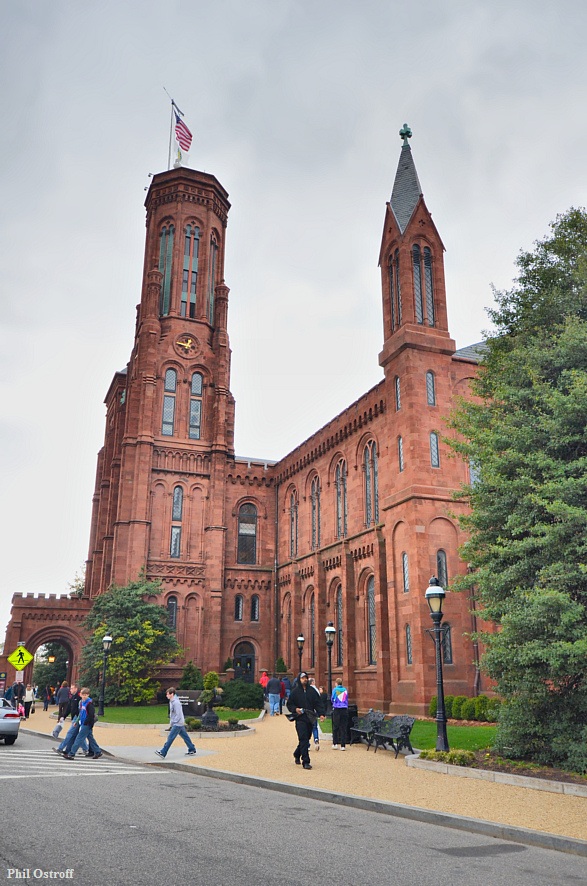 I don’t mean that somebody associated with the Smithsonian made a math mistake. But Brian Switek’s post “Don’t Get Strung Along by the Ropen Myth” (Aug 16, 2010) suggests a bias so severe that it reflects negatively on the credibilityof the Smithsonian regarding objectiveness in evaluating one particular kind of human experience: an eyewitness sighting of an apparent living pterosaur.
I don’t mean that somebody associated with the Smithsonian made a math mistake. But Brian Switek’s post “Don’t Get Strung Along by the Ropen Myth” (Aug 16, 2010) suggests a bias so severe that it reflects negatively on the credibilityof the Smithsonian regarding objectiveness in evaluating one particular kind of human experience: an eyewitness sighting of an apparent living pterosaur.
The bulverism was easy to spot, with Switek attacking the reputations of specified individuals who had explored in Papua New Guinea, searching for flying creatures whose descriptions strongly suggest large Rhamphorhynchoid pterosaurs. And why ridicule the religious beliefs of those American explorers?
I agree with Switek’s general assessment of the newspaper article by Terrence Aym, for Aym really did get carried away with his enthusiasm for live pterosaurs; he was also careless. (He included a photo of Frigate Bird as if it may have been a ropen-pterosaur; I don’t want to even mention the name of that newspaper article.) But a poorly written article is no excuse for writing a poorly conceived blog post: About researchers and explorers, Switek knows little, aside from what he read in a poor newspaper article and perhaps only a limited number of other sources.
I saw no references in Brian Switek’s post. It seems he neglected critical key sightings that were, in contrast, examined my peer-reviewed scientific paper: “Reports of Living Pterosaurs in the Southwest Pacific” (Creation Research Society Quarterly, Volume 45, Winter-2009).
Take the four critical sightings in the southwest Pacific: Finschhafen-1944, Bougainville-1971, Pung-1994, Perth-1997. In context with the history of the pterosaur-extinction axiom (the weakness in the pre-Darwin assumption of universal pterosaur extinction), each of the above four encounters independently appear to have been unlikely to have been from any non-pterosaur. I judge each one at less than 10% of being from any non-pterosaur. In 0ther words, there is less than one chance in 10,000 that no living pterosaur was involved in any of those four sighting reports. And that is not even beginning to examine the other 94 sighting reports that have been analyzed statistically.
Is there not even one human associated with the Smithsonian who will come forward and examine the years of searches and research involving sighting reports of apparent living pterosaurs? Why use, instead of reasoning, bulverism?
Don’t Get Strung Along by the Ropen Myth
“He [Brian Switek] may have been correct in recognizing one or two problems with a newspaper article that promoted modern pterosaurs, but he failed to dig deeper, apparently assuming that the sources for that article were worthless. In reality, the faults were in the writing of the article itself, not in the investigations of American explorers who inspired the writer of that fault-ridden article.”
Smithsonian Gets “Discovery” but Runs Away From Discovery
Space Shuttle “Discovery” took its final flight on the back of a modified 747 Jumbo Jet. It will be a museum piece in the Smithsonian, the largest system of museums in the world. But even though they get the “Discovery,” the Smithsonian museums had previously run away from the potential discovery of a modern living pterosaur: the ropen of Papua New Guinea.


